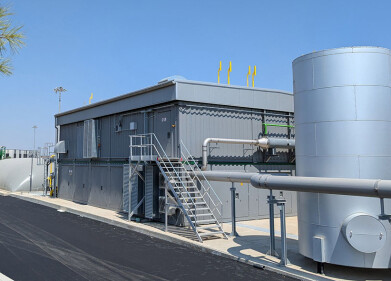Air clean up
Can Bikes Reduce Pollution (Even More Than Usual)?
Oct 22 2020
As one of the biggest environmental challenges facing the UK, it’s no surprise that tackling air pollution has become a mainstay of today’s politics. The incumbent Conservative government have signalled their intention to improve air quality and reduce transport-related pollution through a number of measures, including introducing Ultra Low Emissions Zones (ULEZs), transitioning towards electric vehicles and encouraging the use of public transport.
Of course, walking and cycling are even more environmentally friendly methods of getting around. One recent study conducted by the European Cyclists’ Foundation concluded that the average cyclist emits 21g of carbon dioxide for each kilometre they cycle, after factoring in the emissions involved in the bike’s manufacture and maintenance and the cyclist’s diet. In comparison, a standard car emits 271g of carbon dioxide per kilometre.
So it’s no secret that the humble pushbike is a great boon for the environment, and even comes with the added bonus of injecting a dollop of healthy exercise into the routine of those who use this method to commute. But can it be made even more environmentally friendly? According to Kirsten Tapping, a graduate of Industrial Design from London Southbank University, the answer is a resounding yes.
Reinventing the wheel
Tapping’s ingenious invention is named the Rolloe, short for Roll of Emissions. She dreamt up the idea whilst cycling around London’s highly polluted streets and witnessing the toxic emissions that she and millions of others are exposed to on a daily basis first-hand, the severity of which is confirmed by urban air quality monitoring technology. The idea to incorporate air filtration into vehicles seemed to her to be a natural one, since they already generate the kinetic energy needed in such a contraption and spend the majority of their time right at the source of the problem.
Armed with that inspiration, Tapping settled upon the concept of a bicycle wheel as the basis for her invention, since the vehicle already employs a large surface area on its wheel and replicates exactly the same rotational movements that are found in home air purification systems. After experimenting with several different prototypes and overcoming issues of space and imbalance, Tapping came up with a design that was shortlisted for the James Dyson award and scooped the Design Innovation in Polymer award.
How does it work?
The finished product is compromised of three separate components: a tri-wheel and two rim attachments which house air filters in the gaps between them. As the wheel turns, the fins fitted to the interior of each rim work to create pressure, which funnels air in from the inner cavities, passes it through the filters and then pushes it out through the exterior of the rims once more. In total, the air passes through two prefilters (comb walls and a loofa sponge) and two filters (HEPA for particulate matter and activated carbon for gases).
The air which is then released back into the atmosphere carries fewer particulates and reduced concentrations of toxic gases. The Rolloe is capable of capturing 0.665 cubic metres of air per kilometre travelled and purifying it as the cyclist continues on their journey. While that might not sound like much, Tapping claims that if even just 10% of cyclists in London used a Rolloe, they would cumulatively filter 266,865 cubic metres per day, which is equivalent to 20 Trafalgar Squares in size. While more research is required, Rolloe could be the future of cycling in the UK and beyond.
Events
Jul 15 2025 Brighton, UK
Jul 23 2025 Sydney, Australia
Aug 24 2025 Stockholm, Sweden and online
Aug 27 2025 Busan, South Korea
Sep 02 2025 Mexico City, Mexico














